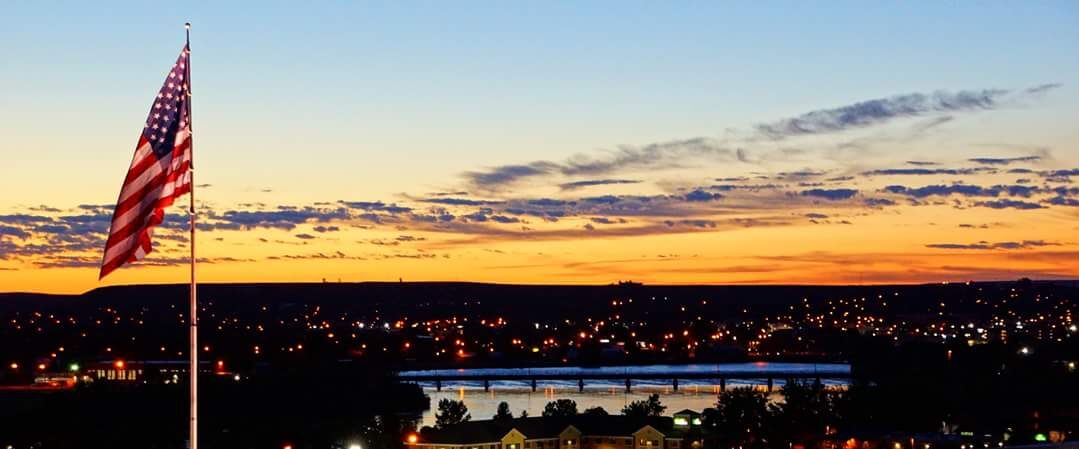_______________________________________________________________________ By now most local citizens are aware that there’s something going on at the Cascade County Sheriffs Office. And it’s not a “riot down in cell block number 9”. It’s a criminal investigation stemming from “irregularities with regard to some purchases”. Since I became aware of some activity going on late last week regarding…
Author: Rick Tryon
City Of Great Falls Truck On The Old M&D Construction Site
Today someone sent these pictures to me with the following note: “Interesting pictures of the City parking their tractor/trailer on M&D’s vacant lot while they are performing asphalt patching on an adjacent street. The same lot that they ran M&D off of for parking the same type of trucks there.” The ‘M&D’ referred to here…
“I Just Am At The Point That I Can’t Take Much More”
________________________________________________________________________ I thought it important to share the following letter I recently received from someone in Great Falls and E-City Beat has agreed to publish it with small portions redacted to protect the anonymity of the sender. Let me say a word about that anonymity, which the writer explains his reasons for in the…
Future Of The Falls Requires Action, Not Words
________________________________________________________________________ Today someone directed my attention to a KRTV Facebook post and news story about the next “Future of the Falls Forum”. Here’s how the KRTV story describes the Forum events: “The next “Future Of The Falls” forum will be on Monday, December 3rd, from 6:30 pm to 9:30 pm at the Civic Center….
Not A Split Decision, A Draw
________________________________________________________________________ Well, it’s the day after Election Day 2018 and most observers of the national election results are calling it a “split decision”. Being a big boxing fan I have to disagree a little bit – a split decision means that on two of the three scorecards one of the pugilists scored higher than…
Houck’s Hypocrisy
________________________________________________________________________ Recently someone brought to my attention some comments on the Kavanaugh nomination written by a so-called “leader” in Great Falls, Tracy Houck, and posted last week on Senator Steve Daines’ public forum page. Here’s a screenshot of her comments: After seeing her comments here’s what I wrote on my FB page in response,…
Sioux Falls, SD – May The Workforce Be With You
_______________________________________________________________________ A friend sent this Bloomberg piece to me earlier today and I found it to be particularly interesting in light of our own challenges here in Great Falls. https://www.bloombergquint.com/business/south-dakota-s-sioux-falls-can-teach-the-u-s-about-growth#gs.QxBN6j4 There’s a lot in this article that deserves study and I highly recommend that anyone who is interested in and concerned about jobs and…
Tax Sticker Shock Coming In October?
________________________________________________________________________ I expect Great Falls residents and business owners will experience a little sticker shock when they see their local property tax bill next month. After intentionally deceiving the public by not including the individual tax impact data on the ballot, our city commission voted for final approval for Great Falls Park District One….
Corporations Are Bad (Except Nike), Right?
________________________________________________________________________ If it’s so hip, edgy, cool and progressive for some to hate all those evil corporations out there then why all of a sudden is it so hip, edgy, cool and progressive to love the Nike corporation? In fact, shouldn’t every good, blue-blooded, anti-corporate Democratic Socialist actually have a special loathing for a…
Who Is Jasmine Cassandra And Why Is She Trolling Rick Tryon?
________________________________________________________________________ Okay, so I was intrigued when I was informed by a friend this morning that someone was bashing poor old Ricky Tryon on the E-City Beat Facebook page. When I went and took a look and saw it was someone called Jasmine Cassandra my first impression was, “Who?”. But then I remembered that…











